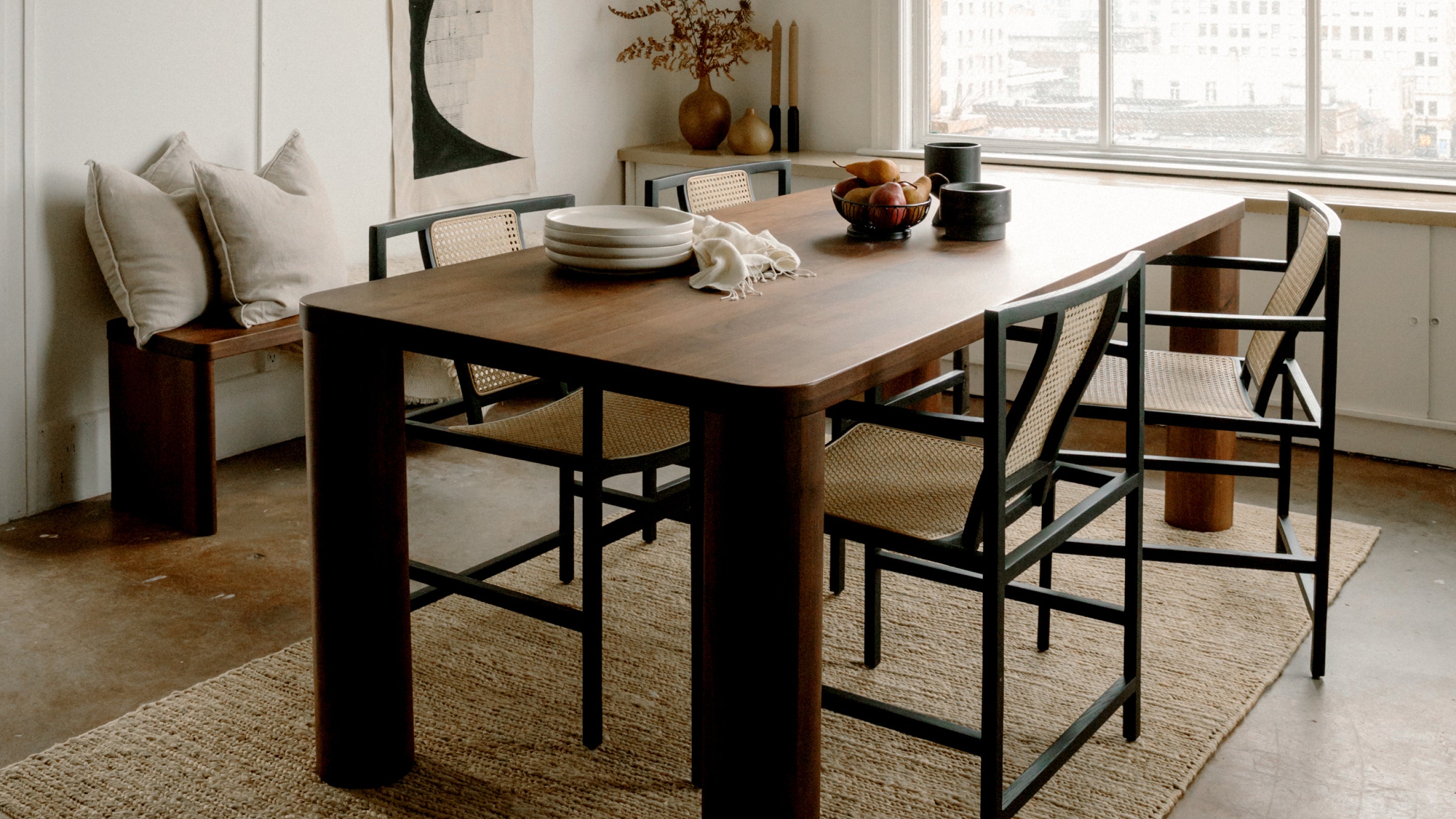The dining table is often the heart of the home, where family gatherings, casual dinners, and holiday feasts come to life. Choosing the right dining table means not only finding one that suits your style but also one that fits comfortably into your space and meets your needs. In this article, we’ll dive into the essential tips, types, and considerations for selecting the perfect dining table for your home. Whether you’re after a classic wooden dining table, a trendy glass-top style, or something compact for a smaller space, these insights will guide you in making the best choice.
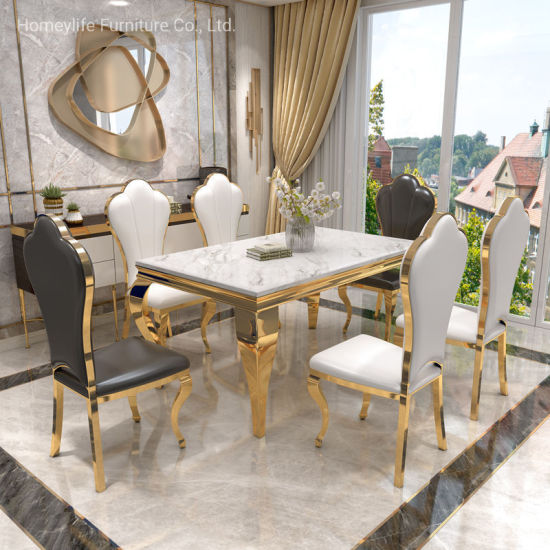
1. Dining Table Size and Shape: Choosing the right size and shape is crucial to ensure your dining table fits well within the space. Round tables are ideal for smaller areas, creating a cozy, intimate setting, while rectangular tables are perfect for larger rooms, allowing more seating space. Square tables offer a modern, balanced look but can dominate smaller rooms. Oval tables, similar to rectangular ones, save a bit of space at the corners. Always consider the room’s layout and how many people you plan to seat regularly to find the ideal fit.
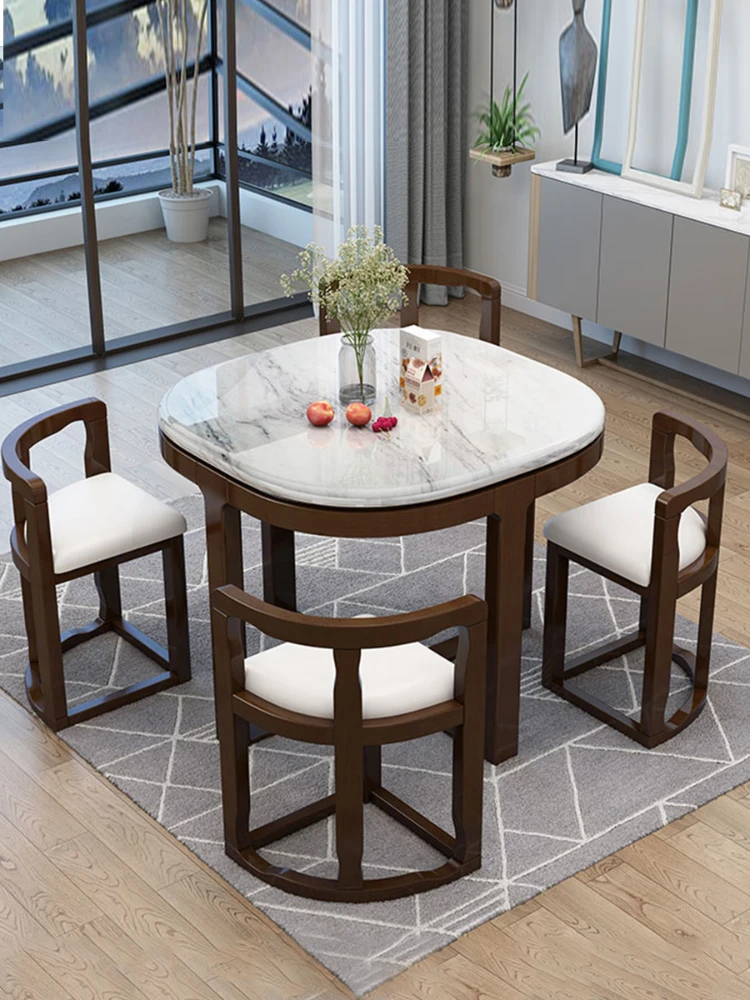
2. Material Matters: Dining tables come in a variety of materials, each offering its own style and durability. Solid wood is classic and long-lasting, often adding a warm, organic feel to the dining space. Glass tables give a contemporary, airy look, ideal for small spaces as they appear less bulky. Metal tables work well in industrial-themed homes, providing durability and easy cleaning. Additionally, marble and stone tables are chic and luxurious but require careful maintenance to prevent staining and scratches.
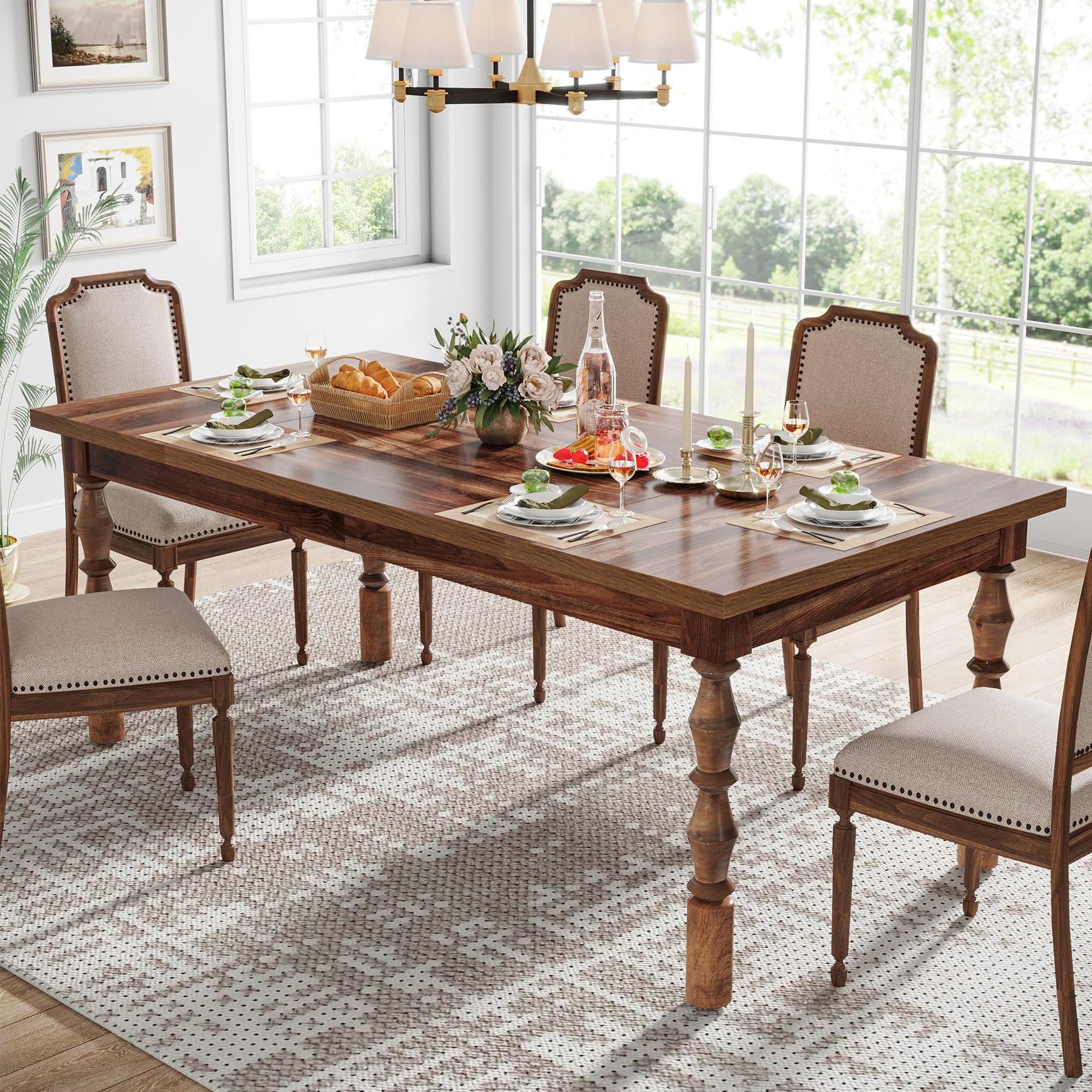
3. Styles and Trends: With a wide range of dining table styles, it’s important to choose one that aligns with your home’s aesthetic. Mid-century modern tables bring retro charm with clean lines and natural wood finishes, while farmhouse tables offer a rustic feel with distressed wood and robust builds. Contemporary tables often feature minimalist designs, blending seamlessly into modern spaces. For those who love a unique look, consider an eclectic or mixed-material table, which combines textures like metal and wood for an artistic vibe.
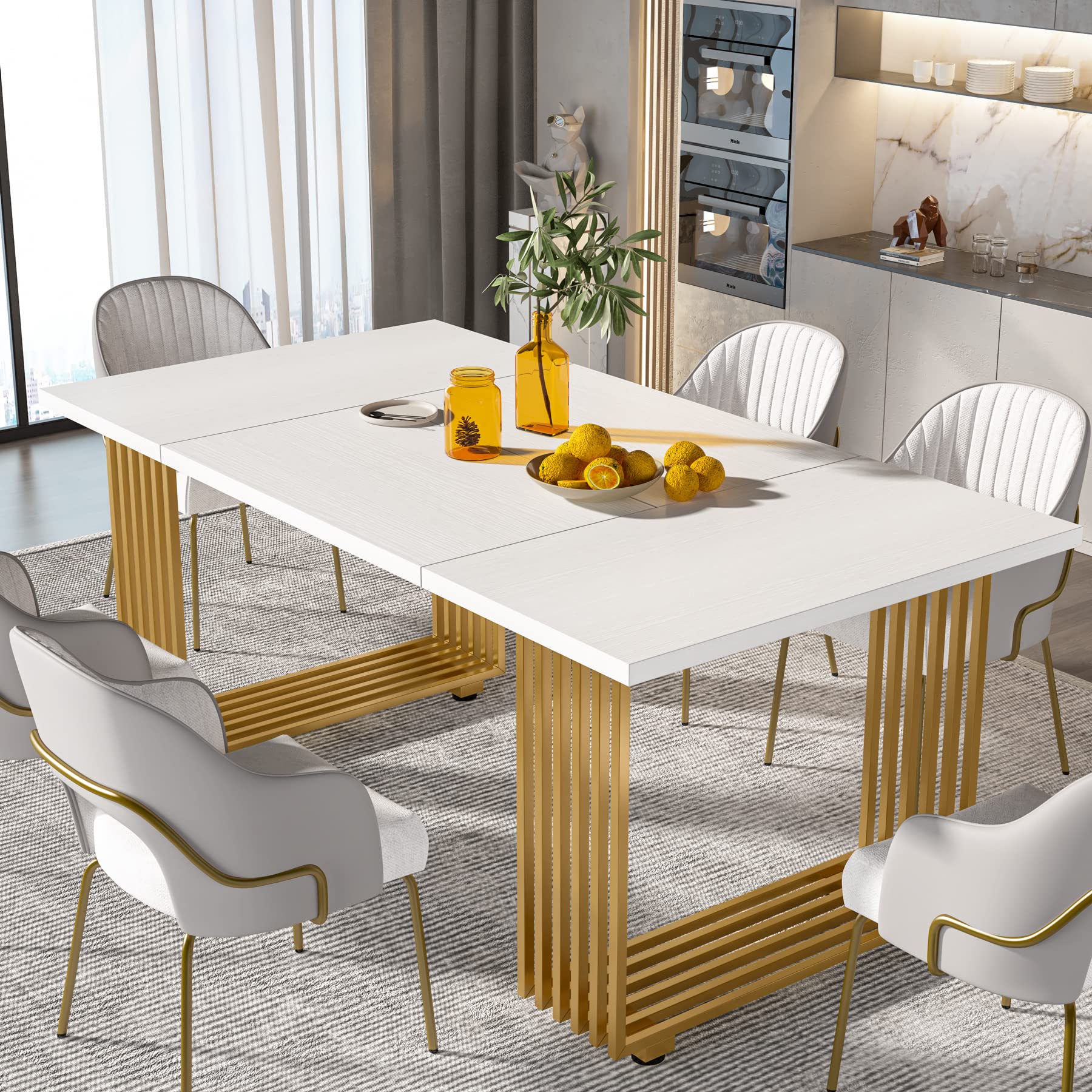
4. Seating and Table Height: The dining table height is crucial for comfort, typically around 28 to 30 inches for a standard table. Pairing the right seating is essential for both comfort and style. Standard chairs work well with most tables, but benches are increasingly popular, especially for farmhouse or rustic tables, as they create a relaxed, communal seating experience. For higher tables, like counter-height options, consider bar stools or taller chairs to maintain the proper seat-to-table ratio.
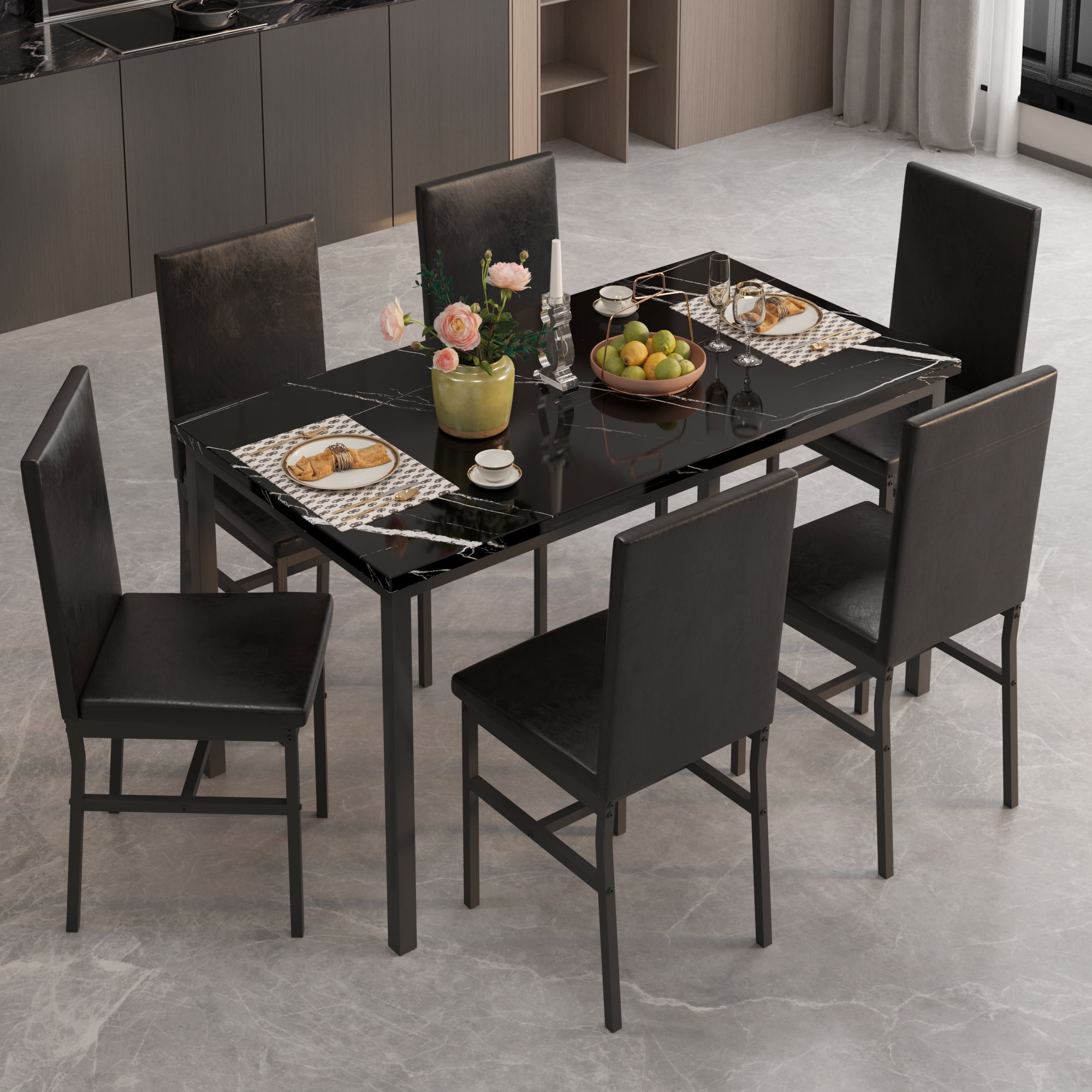
5. Functionality and Expandable Options: If you entertain guests regularly, an expandable dining table might be the ideal solution. These tables offer flexibility, allowing you to adjust the length depending on the number of guests. Drop-leaf or fold-out tables are great options for those with limited space, as they can be extended when needed but stored compactly when not in use. Consider the ease of adjusting the table and whether it fits the needs of your household’s routine.
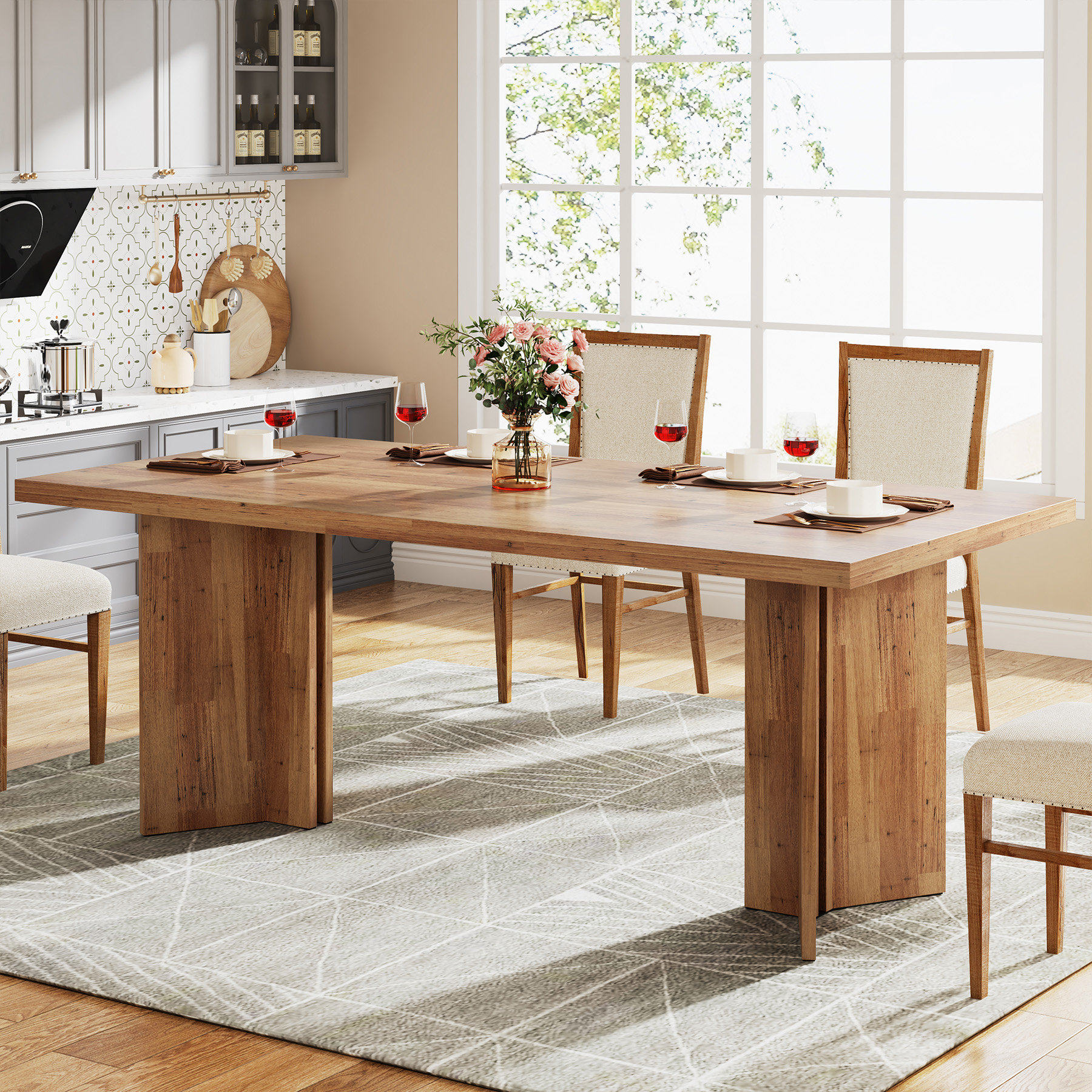
6. Dining Table for Small Spaces: For apartments or small dining areas, space-saving tables are essential. Drop-leaf tables, foldable models, and tables with built-in storage are excellent choices for compact spaces. Another option is to opt for round tables, which take up less space and allow for more versatile seating arrangements. Consider wall-mounted or extendable options if space is really tight. These styles can be ideal for small dining areas or open-concept homes where space is a priority.
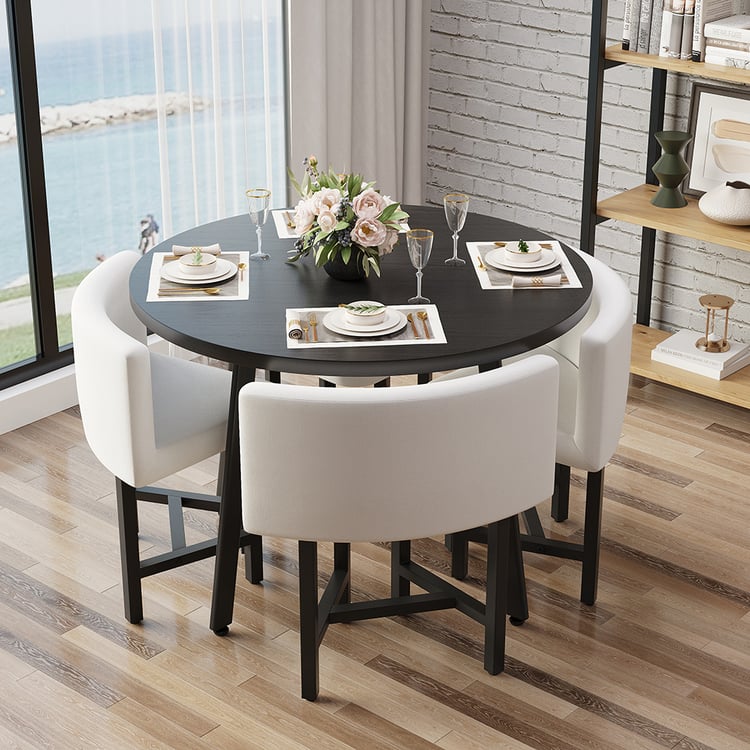
7. Maintenance and Care: Different materials require different levels of care. Wooden tables may need occasional polishing, especially if they’re unsealed or vintage. Glass tables can easily collect fingerprints and smudges, requiring regular cleaning. Stone or marble tables may need protective coatings to prevent staining. Metal tables are relatively low-maintenance but can scratch easily, so using placemats or coasters can help maintain their finish. Regular care extends the life of your dining table and keeps it looking its best.
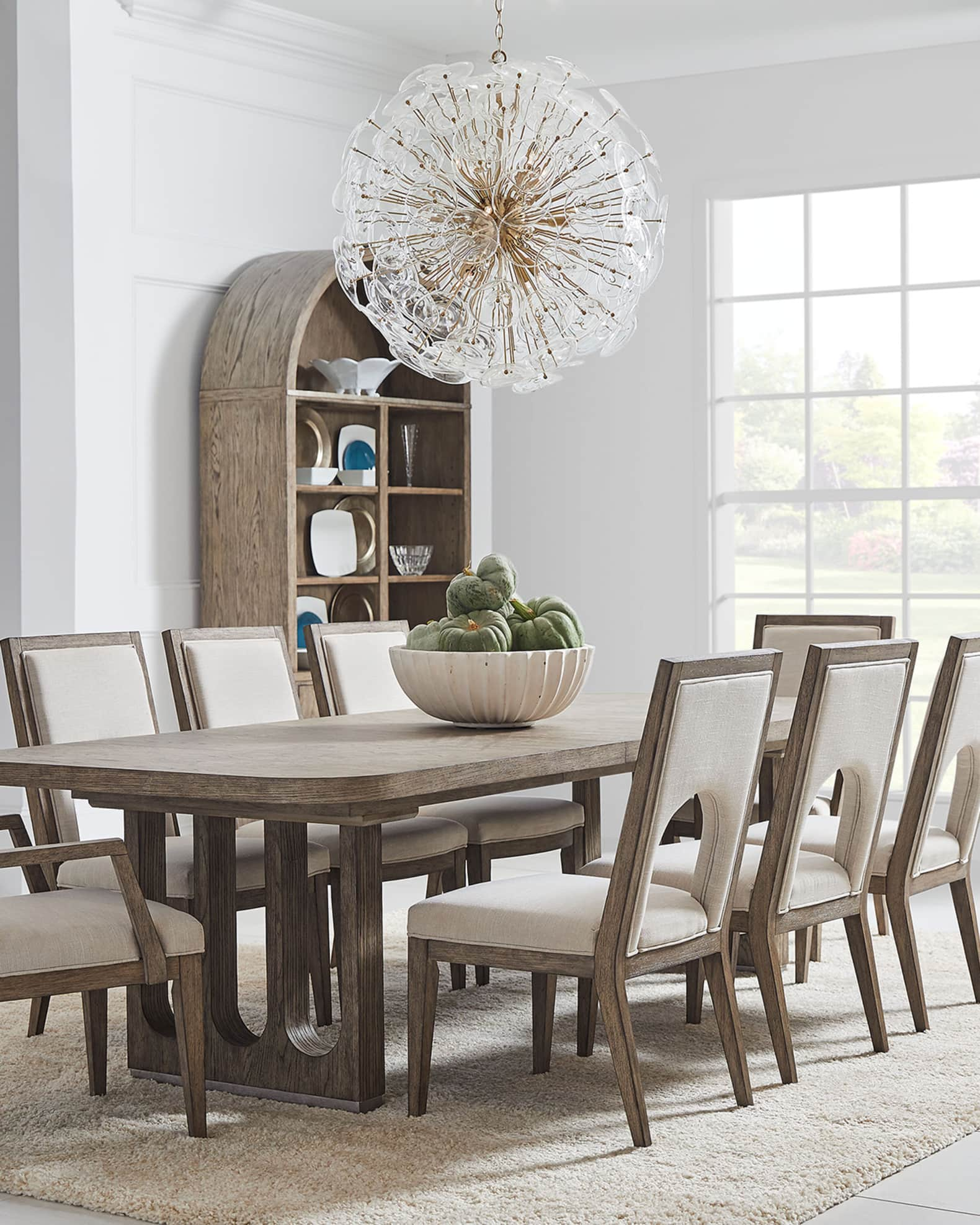
8. Budget and Quality: Dining tables can vary widely in price based on materials, size, and craftsmanship. Setting a budget before you start shopping can help narrow down your options. Investing in a quality table, especially if you want it to last for years, can be worthwhile. Look for solid construction, sturdy materials, and reputable brands when making a purchase. Remember, a dining table is an investment piece, often used daily, so quality is essential.
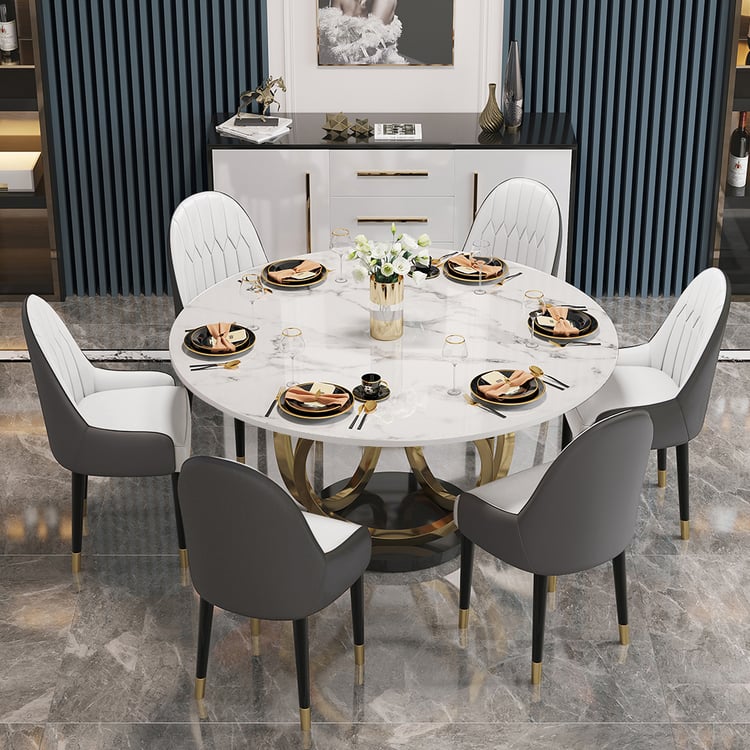
9. Personal Touch and Customization: Adding a personal touch to your dining table can enhance its appeal. Consider customizing your table with unique stains, finishes, or even engravings. You might add a centerpiece, such as a vase, bowl, or runner, to bring warmth and personality to the space. Personalized touches can make your dining area feel uniquely yours and transform it into a welcoming spot for friends and family.
